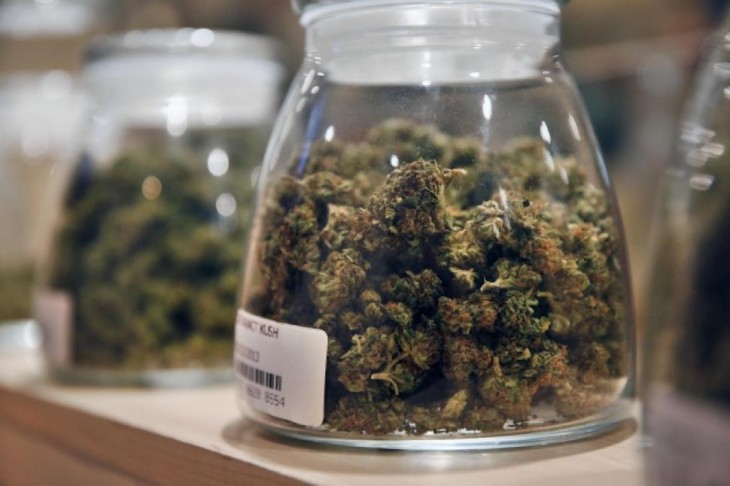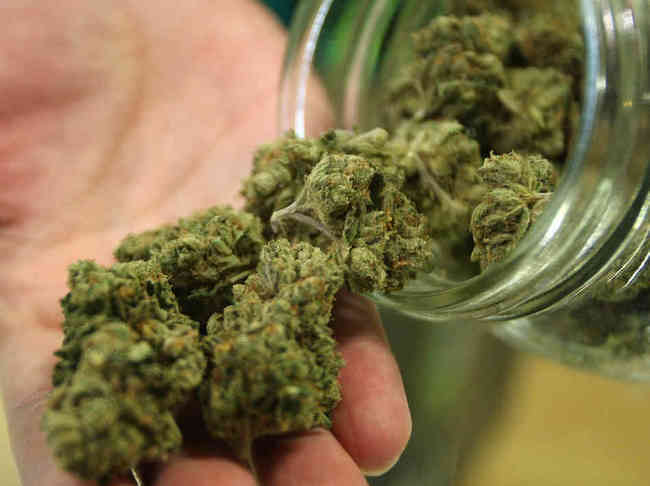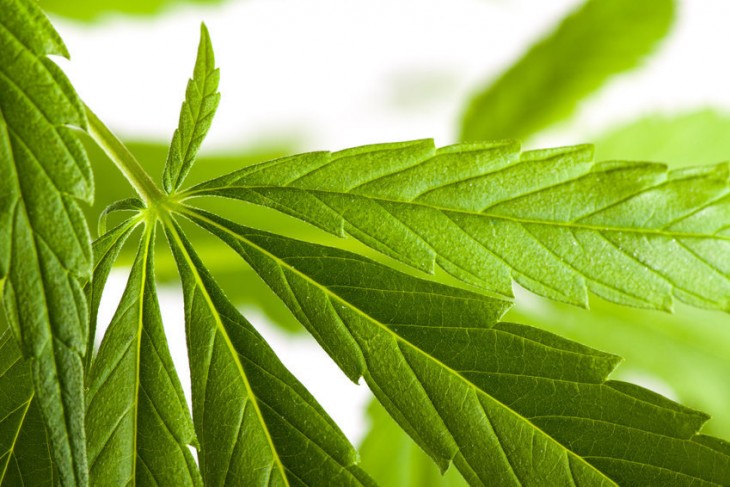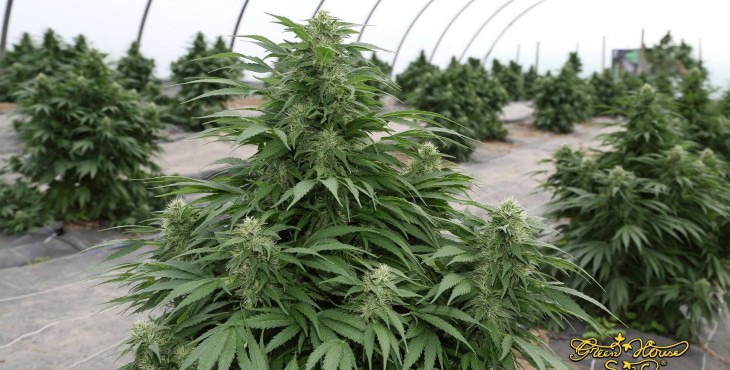Alaska has an upcoming vote that will free marijuana up to common sale and tax collection. Alaska for a long time has had an enigmatic stance on marijuana, where it is legal with no penalty for personal possession of under 4 oz and cultivation of less than 25 plants (assumes that less than 4 ounces will be cultivated from 25 plants and allows for different grow styles, not mass quantities). Ballot Measure 2
In 1975 the Alaska Supreme Court ruled in Ravin v. State that adults growing, consuming and possessing cannabis are protected by Alaska’s Constitutional right to privacy. This is not legalization though, because selling the substance and possessing large quantities of the substance is still outlawed.
A Vast Market Waiting to Be Tapped Into
The vote this November will add to the medical marijuana law that is already in place in Alaska and vastly expand the tax revenue generated by the plant. Some estimates say that Alaska could be selling as much as $100,000,000 in marijuana by 2020, but estimates thus far have proven to be too generous, as Colorado and Washington have not necessarily lived up to the hype if you will.
This is a profile that is consistent with Alaska, as rugged individualists and libertarians are drawn to the state with a dream of gold and land. With the Northern Latitudes, the growing season is short, so mostly the marijuana will be grown indoors, with one or two good crops outdoors. Alaska’s weather works great with auto-flowering strains and indica plants, for optimized outdoor grows that is. Surely dispensaries will be selling Sativa grown from Green House Seed Co. though.
Some Hurdles To Cross
The vast libertarian expanse of Alaska might be born out of the empowering feeling of fresh air and untouched landscapes of forests, snowcapped mountains and crystalline lakes, but it is being enhanced by the marijuana movement. Support for the bill has waned because of an increase in stoned driving and two cases of marijuana related deaths associated with edibles.
It is hard to deny that some edibles are too strong and standards should be set on how much is appropriate over a given period of time, similar to the way we measure drinks of alcohol. This can only come from the industry developing and testing to begin on products to make sure there are consistent, reasonable doses being administered. Banning edibles is not the correct approach and a discussion leading to a compromise is likely to ensue in Alaska to ensure the fate of the proposed recreational marijuana bill.









